4 Essential Purposes that Drive Strong Vocabulary Instruction
Ever wondered where to start with vocabulary instruction? Sometimes, it can feel like we are throwing darts in the dark. The target has to be out there somewhere, and if we throw enough darts, at least some of them should stick their landing, right? Maybe not. This willy-nilly approach to teaching vocabulary has the potential to leave us feeling scattered and unfulfilled.
If this scenario resonates with you at all, I’m here to let you in on a little secret that will make a huge difference in the way you approach vocabulary instruction from this point forward. It’s simple, it’s rewarding, and it will save you time.
Here’s the secret. Rather than starting by choosing a word list or a vocabulary program, begin by identifying your purpose. Why are you teaching vocabulary with this lesson on this day? Every vocabulary lesson we teach should be an answer to that question! And that is what I call purpose-driven vocabulary.
So, the next natural question is…what should our purposes for teaching vocabulary be? After spending some time analyzing the Common Core Standards and digging into the nuances of what the language standards are truly asking students to be able to do, I was able to synthesize four overarching purposes for vocabulary instruction. In this post, I’m sharing them with you so that you can be empowered to articulate and own your purpose for teaching vocabulary.
PURPOSE 1: Strategies for Unknown Words
One of the primary ways we can empower students with our vocabulary instruction is to teach them how to determine the meaning of unknown words. Even if we had the holy grail of vocabulary lists, students would STILL leave our classes encountering new words while reading or in conversation. What then?
Students need tools to uncover their meanings. What might this look like?
Context Clues
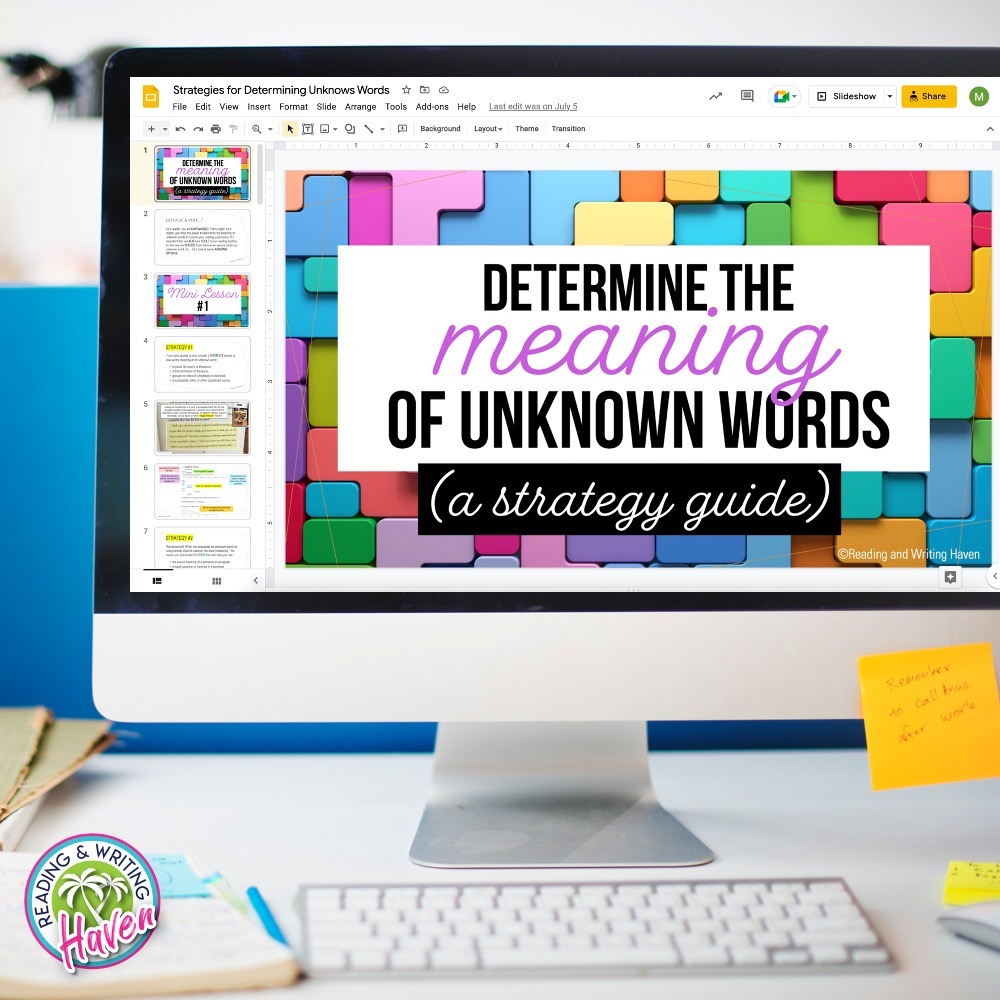
Consider this passage:
It was an idyllic day for a walk; the sun was shining, and a gentle, cooling breeze was drifting through the air.
Here, we can show students how to identify context clues in the passage to make an inference about what “idyllic” means. The author provides information to describe the type of day. We have examples of how the sun was shining and a breeze was flowing. When we look back at the original sentence, we can assume idyllic is a word that describes a pleasant or ideal experience.
Word Parts
Also, show students how to use Greek and Latin word parts to piece together the meaning of new words. Show students the features of digital and print reference materials they can consult independently, and teach them the routine of verifying inferred meanings.
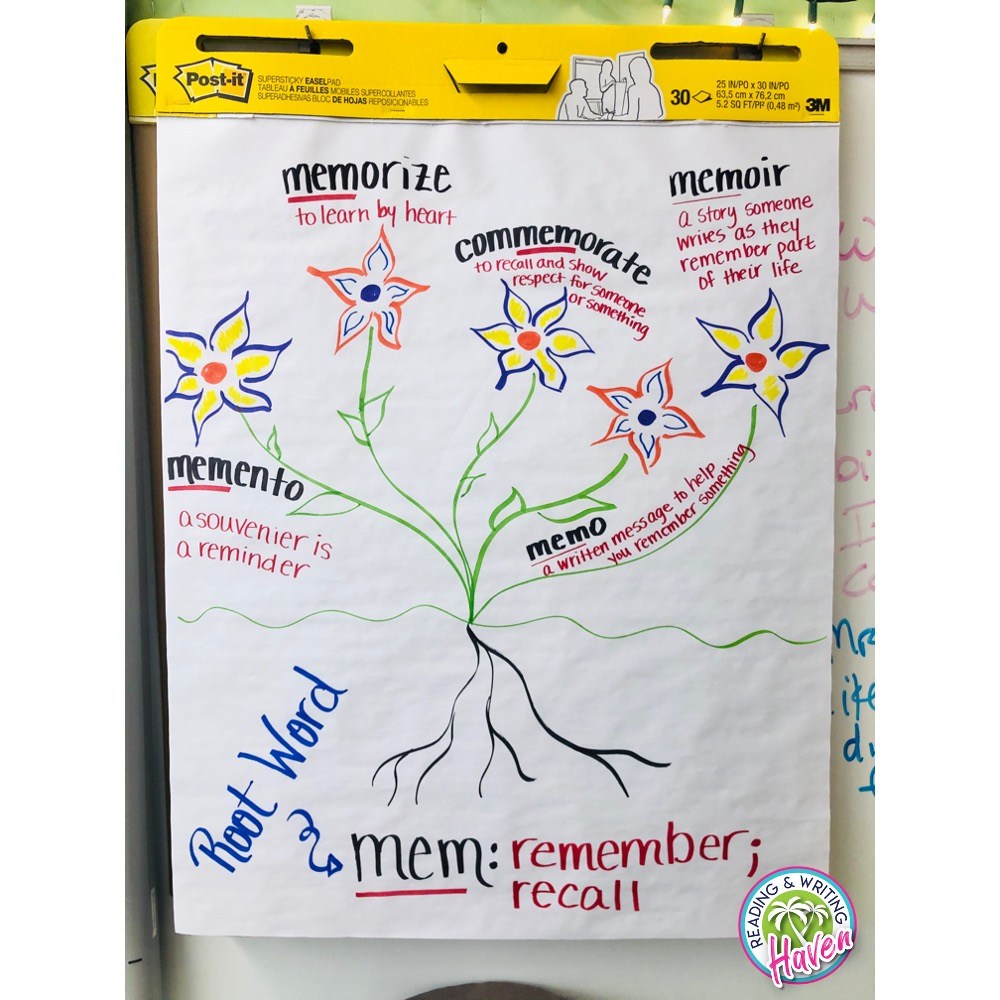
To illustrate…you could teach a unit where students study common prefixes and words they can be found in. Or, you could capitalize on teachable moments as you encounter new words during read alouds or novel studies. Show students how to break down unknown word meanings by recognizing word parts.
Indefatigable, for example?
Students probably have heard of fatigue, which means tired. The prefix “in-” means not. And the suffix “-able” means capable of. So, if we put these word parts together, even without context clues, we can make an educated guess that the word “indefatigable” probably means tireless or having an endless amount of energy.
I like to teach mini lessons like these early in the year and then reinforce them with whole-class texts and independent reading as the year goes on. The ultimate goal is to prepare students to gather vocabulary knowledge independently when they encounter a new word important to comprehension or expression.
PURPOSE 2: Figurative Meanings
Sound vocabulary instruction moves beyond literal definitions to connotations and figurative meanings. One of our purposes for teaching vocabulary should be to help students appreciate the figurative meanings of words.
What skills are included in this purpose? Standards can show us the way!
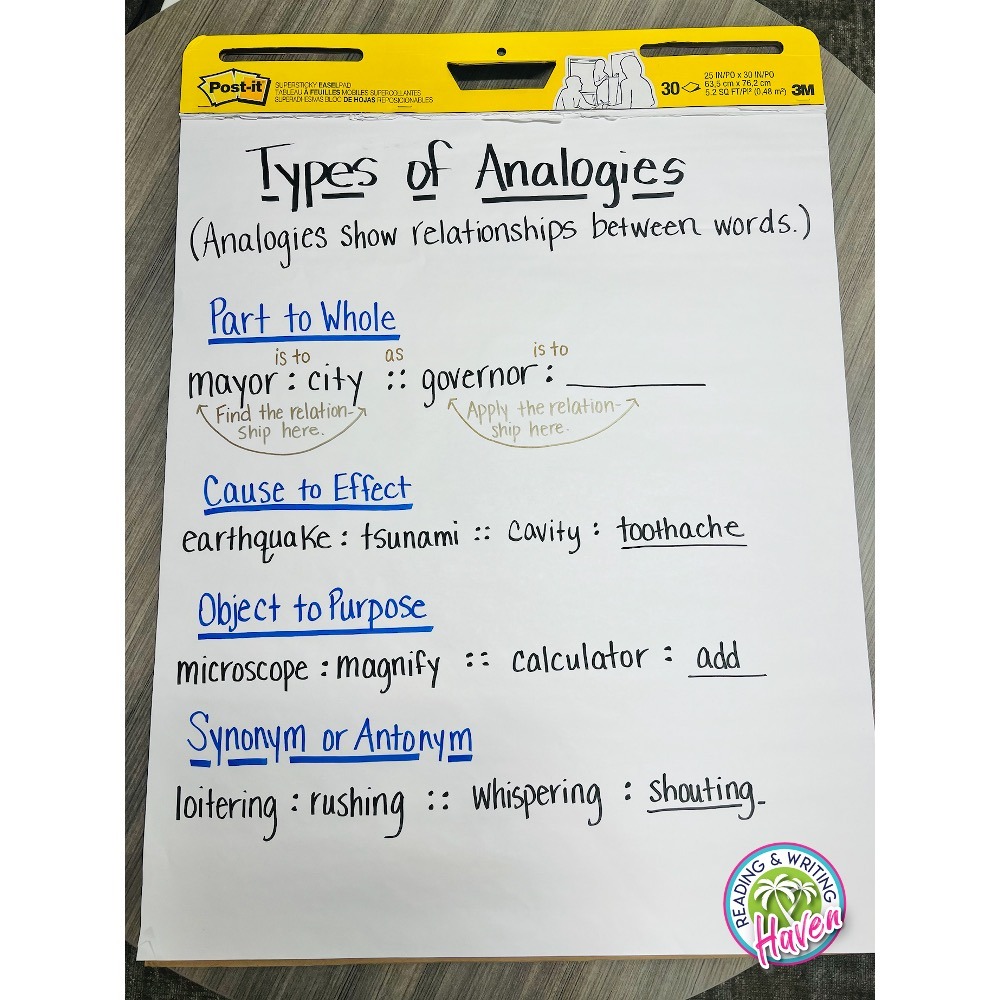
Part of understanding word nuances also means students need to be able to explain the relationships between words. Analogies and categorizing words can be a great opportunity for practice. Students can study synonyms and antonyms as well.
And, of course, to truly become strong readers and writers, students need to be able to analyze shades of meaning. In other words, how does the connotation of specific words in a word group distinguish it from the other words? What impact does the author’s word choice have on mood and tone as well as the reader’s experience? Think: Is the character described as stingy or thrifty? Bullheaded or persistent?
PURPOSE 3: Tier 2 Words
But, you may be wondering, is there any room for specific word lists with purpose-driven vocabulary? Yes!
One thing to keep in mind is that purpose-driven vocabulary does not begin by choosing the word list. It begins by identifying the learning targets, and those come from the standards for the course.
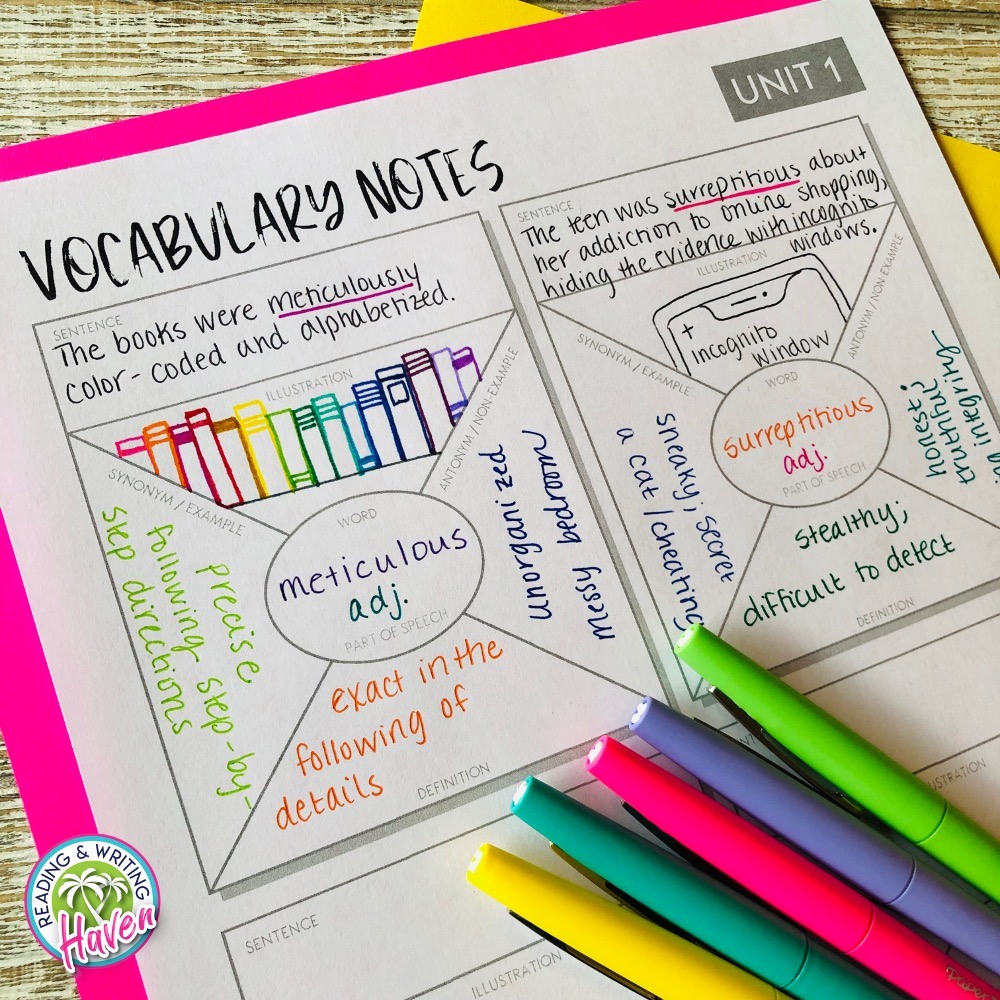
For example, analyze and benevolent are Tier 2 words. However, words like onomatopoeia and apostrophe are more specific to a field of study.
One of my favorite ways to incorporate Tier 2 words is through a word-a-day approach. This is not a routine I stick with the whole year. Actually, my vocabulary routine switches based on what the learning target is for the unit. The word-a-day approach works well for me when students are in the midst of a writing or choice reading unit.
You can find my favorite word-a-day units here, here, and here. Or, find them all in this bundle of vocabulary activities that will cover a variety of purposes for teaching vocabulary!
PURPOSE 4: Tier 3 Words
Words like logical fallacy, collective noun, bibliography, and ethos are domain specific. In other words, students are not likely to encounter these words outside of our subject area very often, but they are critical to success in our course. One of our purposes for teaching vocabulary is to intentionally and explicitly teach these terms to students as we show them the corresponding skills.
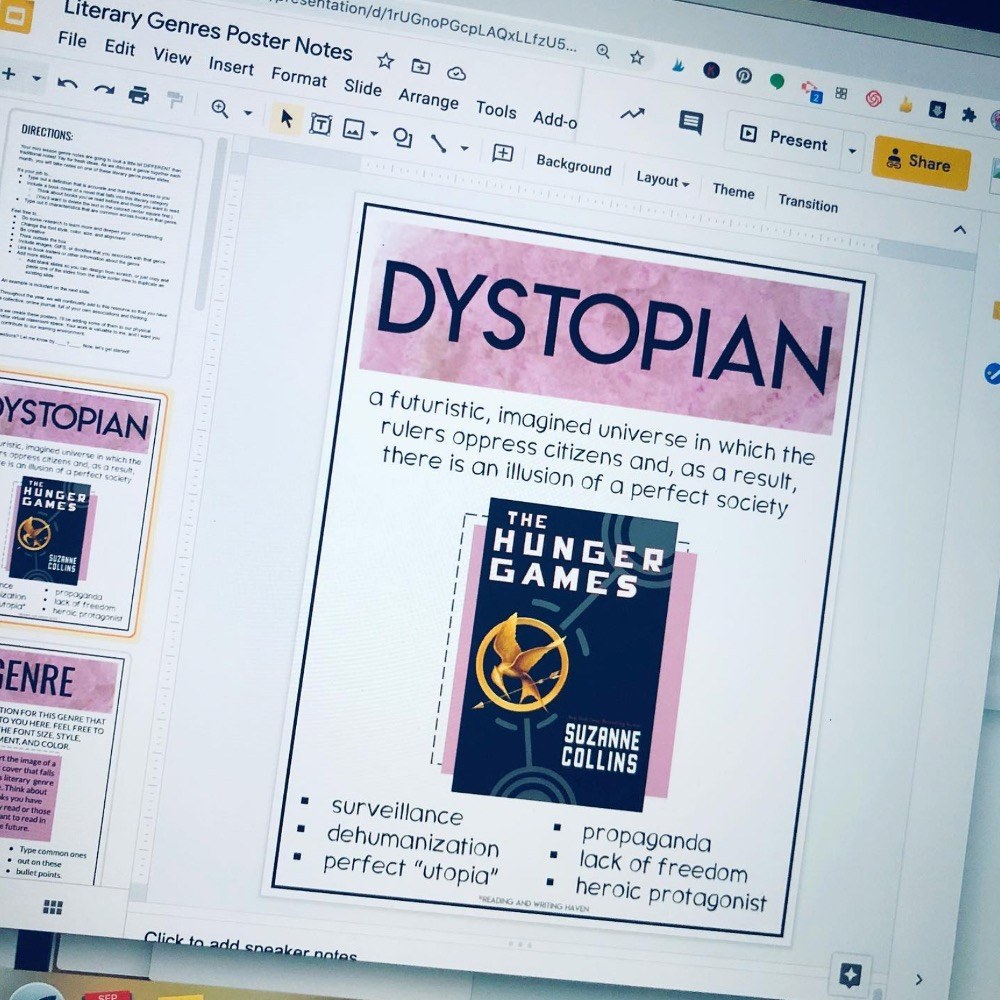
As we teach students what Tier 3 terms mean, we are connecting to vocabulary standards. Typically, we introduce these words in a mini lesson or read aloud format. Then, students practice working with domain-specific words through graphic organizers or reading responses. Throughout the year, if students see and use these words multiple times, Tier 3 words often stick without even needing to study them.
This is important because since Tier 3 words are critical for the course, they are building blocks that will be expanded upon each subsequent year.
You see, spending time choosing “just the right” word list or evaluating a range of vocabulary programs really isn’t worth the stress and energy. If we begin by choosing a word list, we may well be missing the target. Given that vocabulary knowledge is connected to academic achievement, vocabulary instruction should not be an afterthought! Start by identifying your purpose, and then decide whether you need specific words to hit that purpose or not! When it comes to selecting word lists, it’s a lot easier to accomplish once you know how you want to use them.
Ultimately, there is no one right way to teach vocabulary. The best vocabulary program is the one you craft after thoughtfully considering your students, your standards, your course, and your purposes.
RELATED RESOURCE
Looking for a resource that covers these purposes and more? In this ultimate vocabulary mega bundle, you’ll find a combination of specific word lists and brain-based, differentiated vocabulary activities to keep your students engaged and excited about words. This resource is flexible! Use what you need as you need it. Snooze-worthy workbook vibes be gone!

